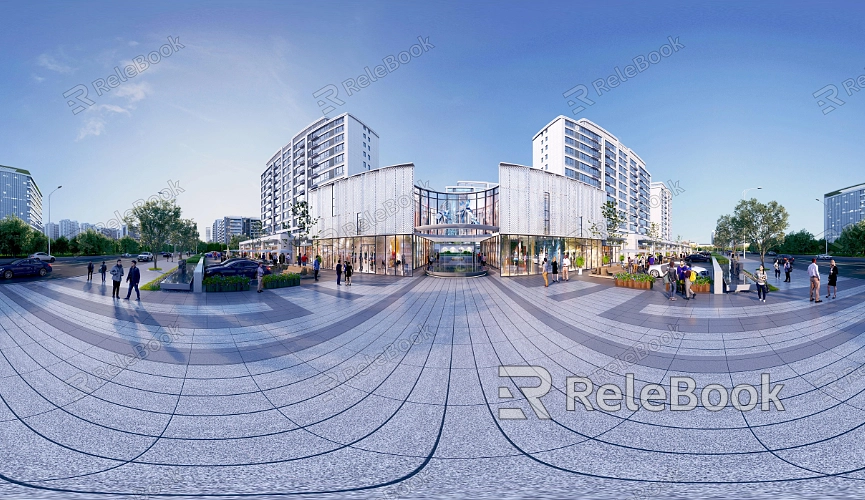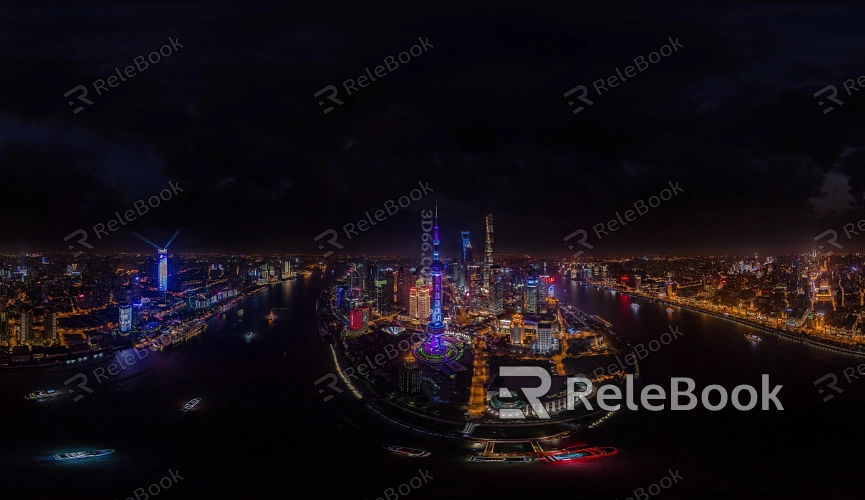How to Apply HDR Textures to 3D Models
HDR textures are widely used to enhance the realism of 3D scenes. Designers often utilize these textures to simulate more realistic lighting and reflections, especially in complex environments such as automotive rendering, architectural visualization, and character animation. These texture files are commonly used in popular 3D software like Blender, 3ds Max, and Maya. In this article, we will explore how to apply HDR textures to 3D models, helping designers master this essential skill.

1. Choosing the Right HDR Texture
Selecting the appropriate HDR texture is crucial for achieving the best results. Different scenes and lighting conditions require specific HDR textures.
Scene Type: Different types of scenes require different HDR textures. For instance, indoor scenes usually need softer lighting, while outdoor scenes benefit from high dynamic range sky textures.
Resolution Selection: Choose the right resolution based on your rendering needs. High-resolution HDR textures capture more details but also consume more memory.
Source Selection: Download HDR texture files from reliable sources to ensure quality and compatibility.
If you find it complex or time-consuming to search for high-quality HDR textures, or if you're unsure where to start, consider visiting Relebook. You can download premium HDR textures directly from https://textures.relebook.com/ to enhance your project effortlessly.
2. Importing HDR Textures into 3D Software
Importing HDR textures into software like Blender or 3ds Max is a fundamental step.
Blender: In Blender, open the Shader Editor, load the HDR file into the “Environment Texture” node, and then connect it to the “World Output” node to complete the import.
3ds Max: In 3ds Max, go to the Environment and Effects panel, select Environment Map, and import the HDR file into the Environment Map slot.
3. Adjusting Brightness and Contrast of HDR Textures
The brightness and contrast of HDR textures need to be adjusted according to the scene’s requirements to ensure the lighting effects meet design needs.
Brightness Adjustment: Adjusting the brightness of the HDR texture controls the overall light intensity in the scene. In Blender, you can use the “Strength” slider to increase or decrease brightness.
Contrast Adjustment: Adjusting the contrast can enhance or soften the lighting effect, making the scene more vibrant or subtle. Most 3D software provides similar sliders or value boxes for this adjustment.

4. Applying HDR Textures to Model Surfaces
Applying HDR textures to model surfaces can further enhance their details and realism.
Reflective Materials: HDR textures are often used in highlights or reflective materials to simulate realistic light reflection. In the material editor, link the HDR texture to the reflection channel.
Environment Lighting: By using an HDR texture as an environment light source, you can provide uniform lighting to the scene, making it look more natural and realistic.
5. Optimizing HDR Texture Rendering Settings
To ensure HDR textures achieve the best effect during rendering, optimizing the relevant settings is essential.
Sampling Rate: In Blender, increasing the sampling rate appropriately can reduce noise and produce clearer renders. However, balancing the sampling rate with rendering time is important for different scenes.
Color Management: Enabling proper color management ensures that HDR textures display consistent colors across different devices. In Blender, this can be set in the Color Management options under Render Properties.
6. Exporting the Final Model with HDR Textures
After all adjustments are complete, the final step is exporting the model with HDR textures, ensuring it can be used properly in other software or platforms.
File Format Selection: Common file formats like OBJ, FBX, and GLTF support exporting 3D models with HDR textures. Choosing the right format for your project is crucial.
Check Texture Paths: Before exporting, make sure the HDR texture paths are set as relative paths so they can load correctly on other devices or software.
By following these steps, you can easily apply HDR textures to 3D models, enhancing their realism and visual appeal. If you're looking for high-quality HDR images, 3D textures, SketchUp models, or 3ds Max models to create models and virtual scenes, Relebook offers a wide selection to help you achieve outstanding visual results in your projects.

